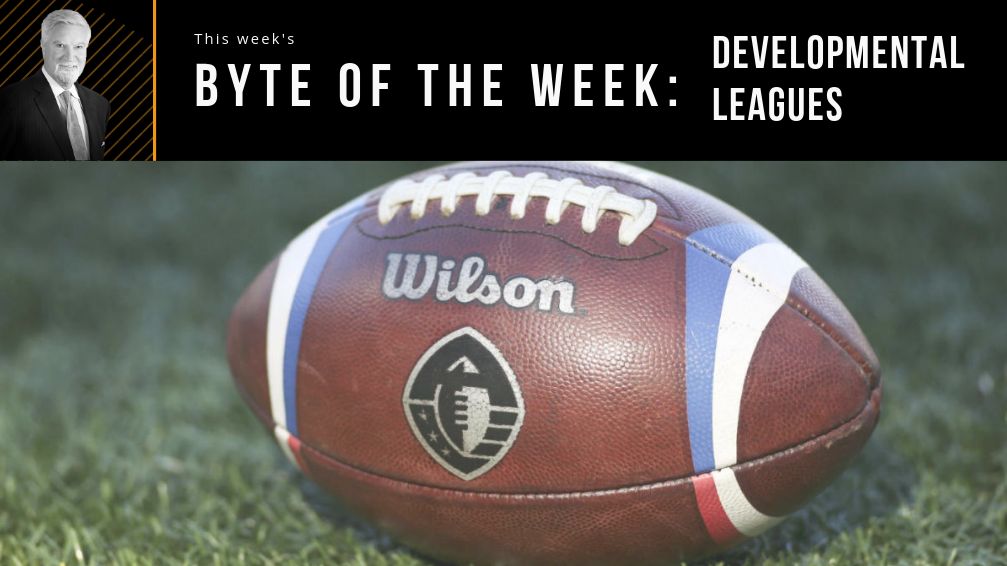March Madness is over, and it has been a great few weeks of excitement. I was in Minneapolis and it was not lost on me that for the different routes a young player can take these days – the NCAA today remains the surest way into the NBA. In fact, since the NBA changed its rules in 2006 requiring that all entrants be at least one year removed from high school, nearly 80% of draft picks have been from the college ranks.
The NCAA provides enormous resources to the NBA and the NFL with the development of young athletes. Without the support of the NCAA, the NBA and the NFL would have to invest hundreds of millions of dollars into these development leagues which, as we witnessed last week with the failure of the Alliance of American Football, are very high-risk ventures. There have been many development leagues over the years that have not succeeded such as the USFL, the World Football League, and NFL Europe, among others.
Europe has had successful developmental leagues for years that were independent of their higher education system.
The NBA is closest to catching up. The NBA’s G League has grown, and the NBA has invested millions of dollars into its new Africa league and its overseas academies, which could be compared to high schools or prep schools in the United States.
Some observers like Duke’s Coach K believe these new development leagues may threaten college sports in the future as they vie for talented young athletes. In fact, a recent survey showed that 50% of our ADs think the NBA could be a legitimate alternative to the NCAA in the next 10 years with its investments in development teams and academies.
College sports are not immune to competition and disruption. Kodak, Blockbuster and Xerox are testament that any enterprise needs to be vigilant and prepared for new competitors.
Creating new avenues for young athletes are a good thing but college sports must have a plan to stay competitive.






